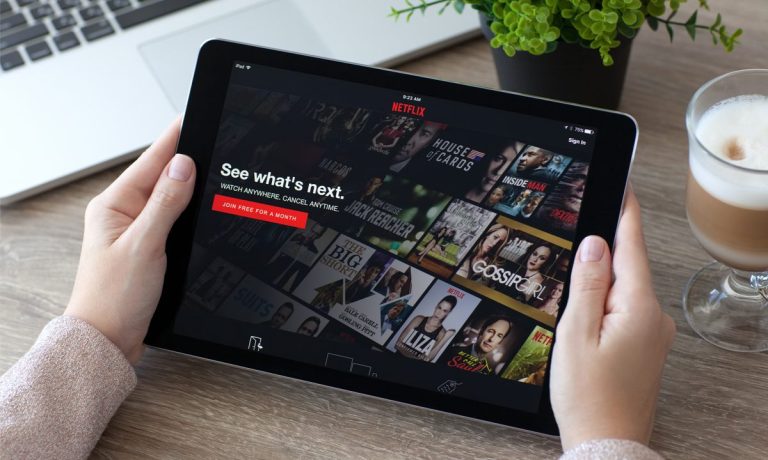Streaming Subscriptions Decline in UK as Inflation Mounts

Households in the U.K. are dropping steaming services in record numbers as runaway inflation eats away at already strained budgets, according to media reports on Monday (April 18).
Streaming services experienced a major uptick during the pandemic, but the shift to a post-COVID world in the crosshairs of the Russia-Ukraine war is riddled with high prices for everything from groceries to fuel. In response, tight household budgets are putting the ax to luxury items, like having multiple subscriptions.
Subscribers to Netflix, Amazon, Disney+ and similar services fell in the first quarter of this year as the overhead of everyday living started taking a larger percentage of people’s incomes. The number of U.K. homes that have at least one subscription streaming service dropped by 215,000 in the first quarter.
Read more: Men’s Suits, Doughnuts Out, Jog Bras, Pet Supplies In As UK Modernizes Inflation Basket
“With many streaming services having witnessed significant revenue growth during the height of COVID, this moment will be sobering,” Dominic Sunnebo, global insight director at Kantar Worldpanel, the publisher of the Entertainment on Demand report, told The Guardian.
“The evidence from these findings suggests that British households are now proactively looking for ways to save, and the subscription video-on-demand (SVoD) market is already seeing the effects of this,” Sunnebo said.
There are more streaming services available than ever before, at a time when living standards are forecast to fall to the lowest point since the 1950s. There were 1.29 million new subscriptions to streaming services in the first quarter of this year against 1.5 million cancellations, according to the Kantar Worldpanel report.
Related: 82% of Consumers Who are Pessimistic About the Economy Cite Inflation
Consumers are also taking a look at monthly subscription costs in relation to price hikes. Netflix, for example, recently upped its charge for a monthly subscription from £10 to £11. In 2021, Netflix brought in the lowest number of new U.K. subscribers since launching in 2012.